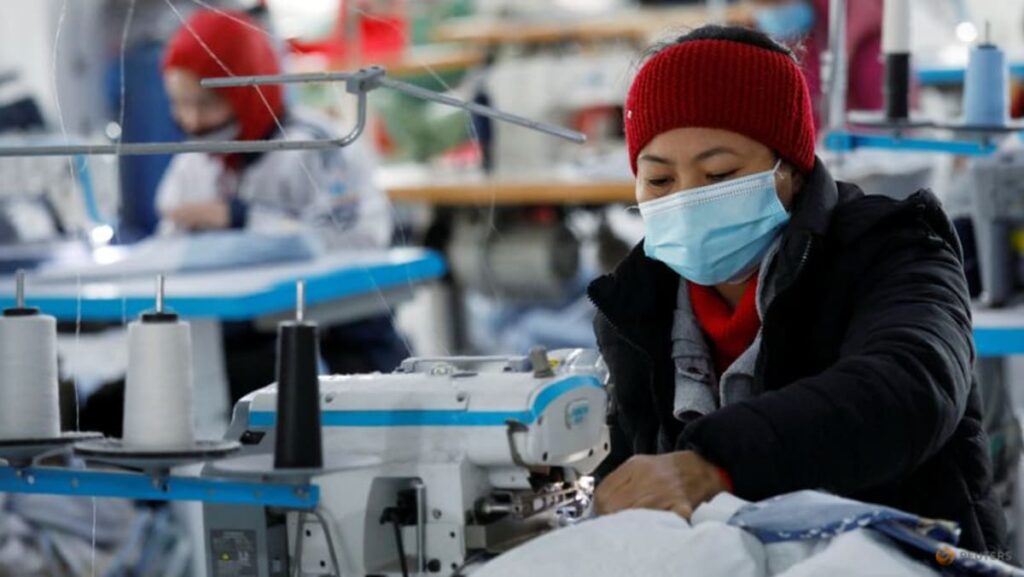SINGAPORE: In recent years, China’s manufacturers have increasingly shifted production to Southeast Asia, driven by rising labour costs, geopolitical tensions – particularly the US-China trade war – and efforts to diversify supply chains (the “China Plus One” strategy). This mirrors Japan’s manufacturing relocation in the 1980s to 1990s, which helped drive industrialisation in the region.
Yet the question remains: Will China’s “Great Relocation” foster Southeast Asia’s long-term development, or leave it toiling in the middle-income trap and unable to move up the technological and productivity ladder? With the US now threatening steep new tariffs on exports from Southeast Asian countries, the benefits of this shift may be at risk.
INVESTMENT, INFUSION, INNOVATION
Southeast Asia’s prospects for further industrialisation will depend on several factors related to China’s economic engagement in the region. These can be analysed using the World Bank’s three I’s framework: Investment, infusion, and innovation.
The impact of China’s investment in the region depends on volume and type. The average annual value of Chinese greenfield foreign direct investment (FDI) in manufacturing in ASEAN doubled from US$6.1 billion from 2016 to 2019 to US$12.9 billion from 2020 to 2023. In both periods, the average annual value of Chinese greenfield FDI in manufacturing was significantly larger than that from the US, Japan and South Korea.
In 2023, a third of manufacturing investment in Southeast Asia came from China alone. Five ASEAN countries – Vietnam, Thailand, Indonesia, Malaysia and Cambodia – ranked among the top 15 global recipients of Chinese manufacturing FDI from 2016 to 2023.
In countries like Cambodia and Vietnam, the total Chinese manufacturing FDI between 2016 and 2023 was significantly larger relative to their manufacturing value added and merchandise exports in 2016 (the base year). For example, the total Chinese manufacturing FDI to Cambodia between 2016 and 2023 was US$2 billion, compared to its manufacturing value added of US$3.2 billion and merchandise exports of US$8.5 billion in 2016.
However, manufacturing operations yield different development benefits, depending on the type of investment. Chinese investment that is capital-intensive and resource-oriented, such as Indonesia’s refining and processing industries, primarily supplies processed critical minerals back to China.
https://www.channelnewsasia.com/commentary/china-great-relocation-southeast-asia-industrialise-growth-5104521


